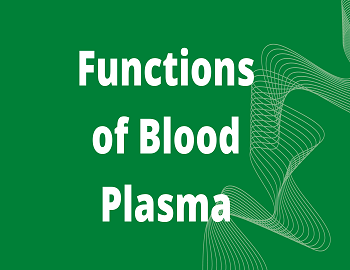Contrivances Governing Cross-Pollination:
Plants develop numerous devices that prevent self-pollination but facilitate cross-pollination. These are as follows:
(1) Unisexuality- In this case, flowers are usually unisexual. Male and female flowers may be borne separately on distant plants,e.g., mulberry, hemp, betel, or on one plant, e.g., maize, castor, Euphorbia, etc.
(2) Dichogamy- In many hermaphrodite or bisexual flowers the anther and stigma mature at different times and thus avoid self-pollination. This condition is known as dichogamy. When the stamens mature earlier than the stigma, it is known as protandry and the flowers are called protandrious, e.g., Coriander, jasmine, sunflower, etc. The reverse of above, when stigma matures earlier than the stamens, is known as protogyny and the flowers are called protogynous, e.g., rose, tobacco, crucifers, etc.
(3) Self-sterility- In this condition, the pollens of one flower cannot fertilize the eggs of the same flower. The common examples of self-sterile flowers are tea flowers and some varieties of passion flowers. In these flowers cross pollination is the only means for fertilization and production of seeds.
(4) Heterostyly- Some plants bear flowers of two different forms. One form possesses long stamens and a short style, while the other form possesses short stamens and a long style. This kind of bearing of stamens and styles is known as dimorphic heterostyly. In such cases, the chances of self-pollination decrease whereas chances of cross-pollination increase. In flowers of this type, cross-pollination readily takes place between stamens and styles of the same length borne by different flowers. Dimorphic heterostyly is seen in Oxalis, Linum, Polygonum fagophrum, Woodfordia, etc.
(5) Herkogamy- In some homogamous flowers, there are certain structural peculiarities of the floral parts that act as a barrier to self-pollination and thus favor cross-pollination by insects. For example, in Calotropis and orchids, the pollinia are located at places where they can never come in contact with the stigma by themselves and can only be carried away by insects. The lever mechanism in Salvia also promotes cross-pollination and avoids self-pollination. In Viola tricolor, the stigma is protected by a flap or a lid, that prevents contact between the stigma and the anther. This flap is pushed aside by the insect and thus cross-pollination is effected.









Comments (No)